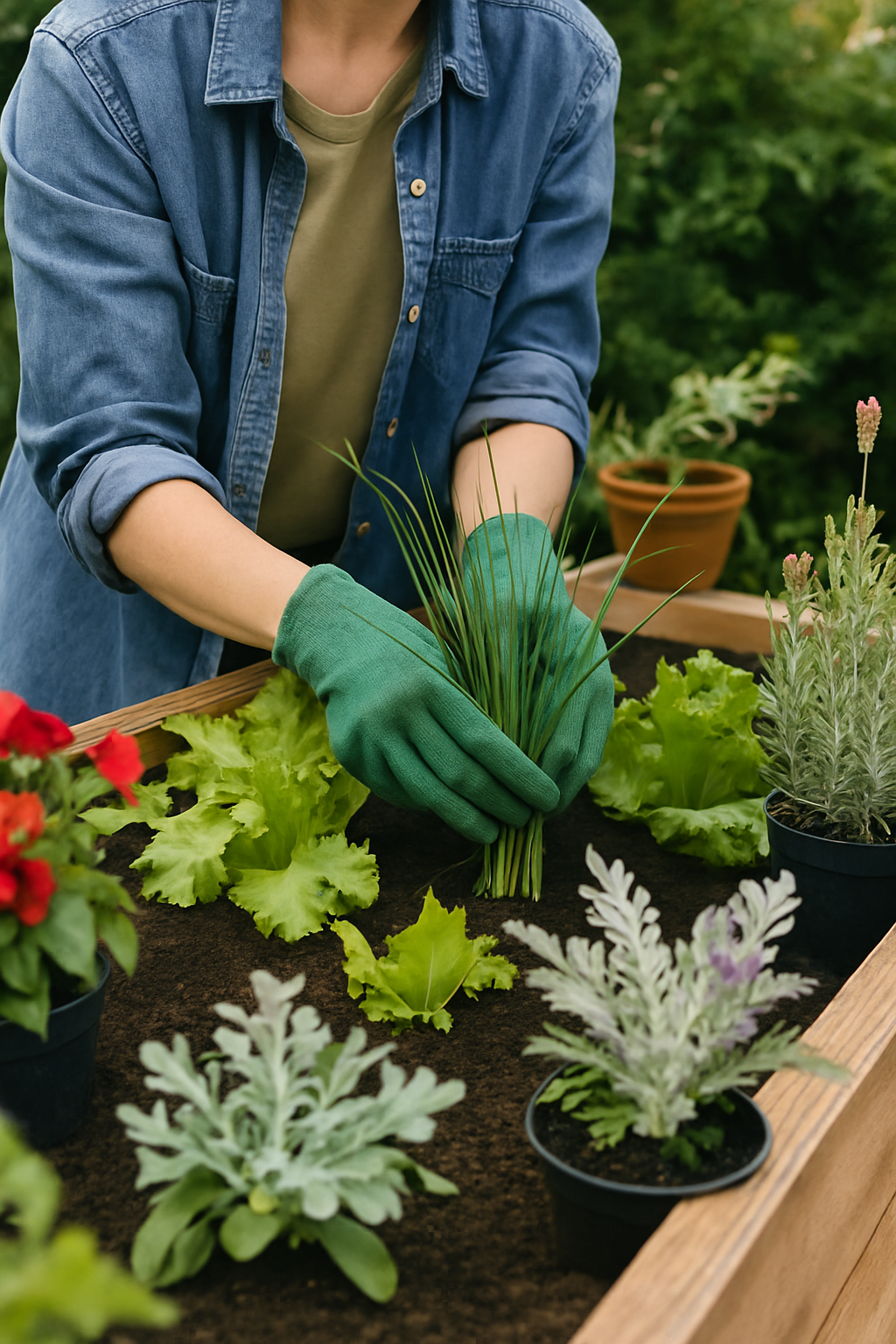Read part three of our guide to the essential garden tools you will need to implement a garden design project. This article introduces the garden rake and the garden trowel.
Read part 1 and part 2 of our essential garden tools guide.
"The bad gardener quarrels with his rake" American Proverb
I suppose the above proverb is a variation on our "a bad workman blames his tools", but when it comes to raking, even the good gardener has been known to quarrel with his rake. The main reason we fall out with our rake is that we are using the incorrect one for the job at hand.
THE GARDEN RAKE
In case you didn't know, there are two main types of rake available to us in garden centres and hardware shops. You can choose from the flat rake, the straight rake, or the spring rake, or the wire lawn rake.
The flat rake with its metal teeth all in a row should be used for levelling soil and creating a nice fine tilth similar to the texture of cake crumbs. This is an important stage in creating a seedbed for vegetables or preparing the soil before sowing your grass seed. Away from soil, your flat rake can also be employed to level gravel, shingle or pebbles on your driveway or paths.
The quarrel begins, however, when you try to use a flat /straight rake around plants or on the lawn. You see, in these situations, its inflexible head and strong teeth can cause lots of damage by breaking stems, damaging roots, and ripping the grass surface of the lawn.
Around plants and on the lawn, you should instead use the spring rake. Although the handle may be the same as the flat rake, the head of the spring rake is completely different in that it is a wide fan of springy wire tines. These flexible tines are gentler on turf-grass, say, for instance, if you are raking leaves, and they cause little if any damage as you clear around tender plant growth.
So which of these two rakes should be an essential purchase for your garden tool shed? Why both, of course, to have one without the other would be like having spring (ahem) without summer.
THE GARDEN TROWEL
To my mind, the trowel is a garden essential because it gets you closer to the soil. Too many times, we are stuck at the end of a spade, or labouring behind a wheelbarrow, to truly appreciate our garden's soil, and wonder at how this "dirt" can bear so many wondrous fruits.
Of course, the trowel is also to be valued for its small hole digging abilities. Planting bulbs and small plants become much easier when you get your hands on a trowel.
However, it becomes even easier knowing how to handle a trowel correctly. I can't count the number of times that I have seen gardeners digging with their trowel held in their gloved hands as if it were a spoon (with similar digging qualities).
To use a garden trowel correctly and efficiently, place your thumb over the butt of the handle whilst wrapping your fingers around the handle shaft. With the hollow curve of the blade facing you, drive the trowel downwards in a stabbing motion and then pull the soil back towards you. Once you have your plant or bulb positioned in the hole, you can then revert to the "spoon" style of hold and begin replacing the soil before finally tamping it into place with the back of the blade.
There are two schools of thought on how much you should spend on a garden trowel. One says, pay as much as you can afford to get a one-piece forged trowel, which will last you a lifetime. The other theory is that because of its size, the trowel is the tool most often left behind at some point and lost, so because of that, you should buy cheap and replace it as needed.
How about a compromise? Instead, buy a mid-priced trowel and paint the handle bright pink, then if it gets lost, you should be able to find it, and with the colour, it certainly won't get stolen.

